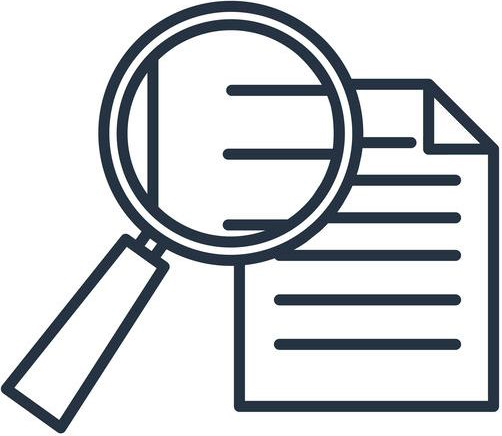 Four years ago, we published two separate blog articles on funding reserves and preparing for disaster (i.e., related to insurance claims). Although these general issues are always relevant for community associations with common property, they have unfortunately been thrown into the international spotlight within the last week.
Four years ago, we published two separate blog articles on funding reserves and preparing for disaster (i.e., related to insurance claims). Although these general issues are always relevant for community associations with common property, they have unfortunately been thrown into the international spotlight within the last week.
Whether expected or unexpected, at some point all community associations will need to undertake major repairs to common property. For example, roofs will need to be replaced; elevators will need to be modernized; parking lots and roads will need to be seal-coated; retaining walls will need to be restored; and pools and tennis courts will need to be resurfaced. Regardless of the specific asset, your association has hopefully obtained a professional reserve study and started putting aside funds for the necessary capital expenditures.
But too often, community associations are reactive as opposed to proactive when it comes to dealing with expensive problems. This could be the result of the money needed to make repairs, internal politics within the community, or a shift in demographics over time. Regardless of the reason(s), we expect this trend to start shifting, as well as an increased demand for structural inspections of community assets. We now know that major repairs—and the consequences of not making them—can come in all shapes or sizes, so here are a few things your community can do to be prepared:
Inspection: Fire and water are probably the two most common sources of loss events for a community association. Sometimes these issues can be lessened or even avoided altogether if an association takes preventative measures. For example, it should have a system in place for periodically inspecting life-safety items, such as fire sprinklers, as well as for other high-risk components, such as hot water heaters. In addition, high-rise condominiums and/or communities with other larges structures should have periodic inspections from a structural engineer included as part of their regular reserve studies.
Insurance: Perform an annual audit of the association’s insurance policies to ensure the community is properly covered.
Education: Typically, it is not the association that is underinsured, it is the owner. This means that many owners do not understand the importance of having insurance nor do they understand how insurance works when there is a disaster or other loss event. Therefore, an association should make sure that the owners are regularly reminded of (1) their insurance obligations, (2) the deductibles under an association’s policy, and (3) the application of deductibles when/if there is an insurable event.
Preparation: Every association should take the time to prepare a disaster plan. A disaster plan should include details on dealing with small casualties, such as a list of reliable vendors in the event of a pipe burst, along with the process for evaluating the damage and filing an insurance claim when necessary. In addition, the disaster plan should include life saving measures (e.g., a detailed evacuation route in the event of a fire or other similar catastrophe). High-rise or stacked condominiums, especially, should have periodic practice drills for fires and/or tornados. Finally, the association should ensure that the disaster plan is made available to all owners and occupants so everyone knows where to go and what to do.
Mitigation: Unfortunately, disaster does strike. When it happens, the association and the affected owners and occupants need to take steps to mitigate the damages. This may include, for example, drying out a unit after a water leak to minimize potential mold growth, or removing items of value when there is an ongoing incident.
In sum, adequate preparation for repairs and loss events can help prevent unexpected expenses. If your community association is unclear about a specific item, it is best to contact your property manager and/or attorney.
